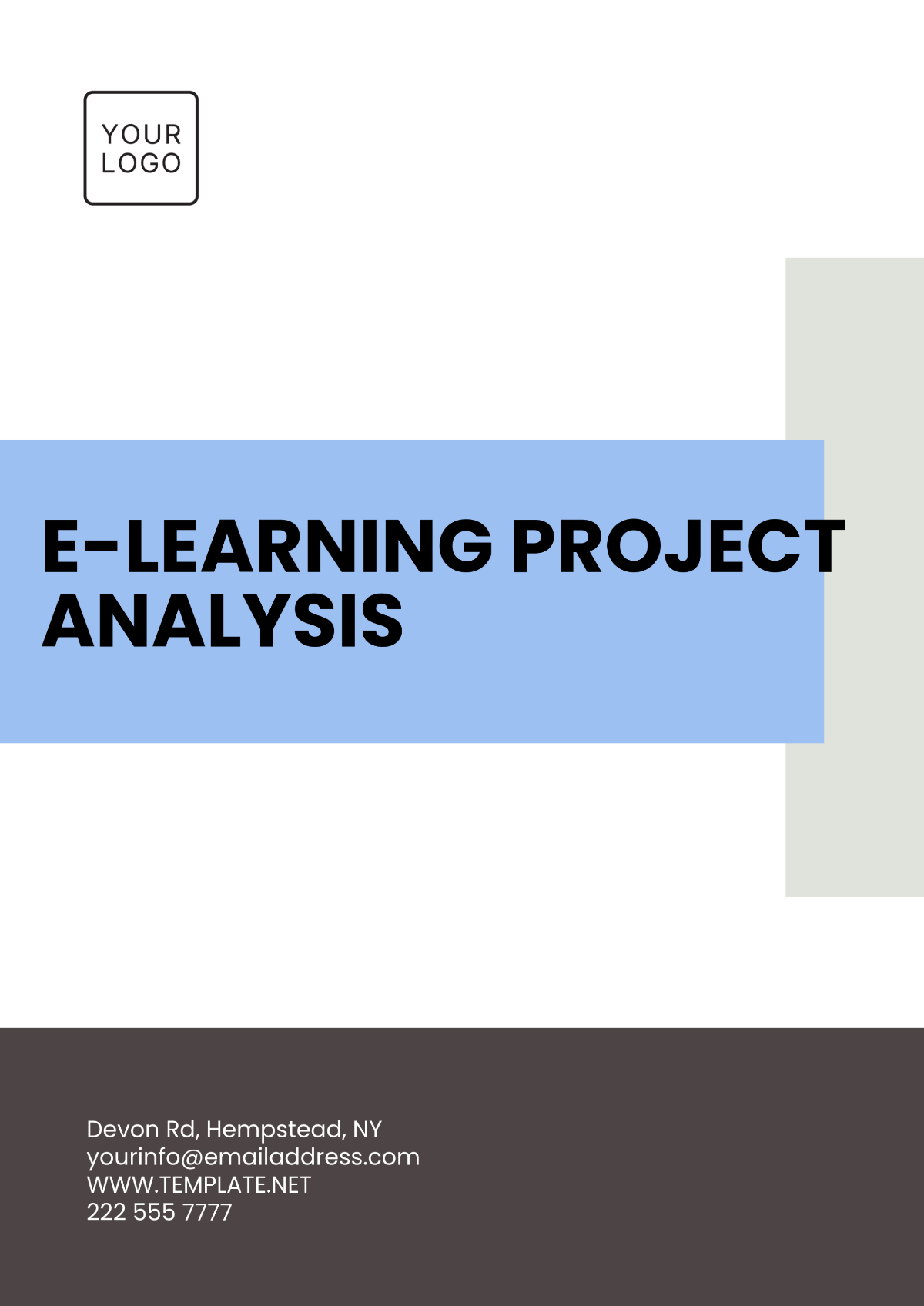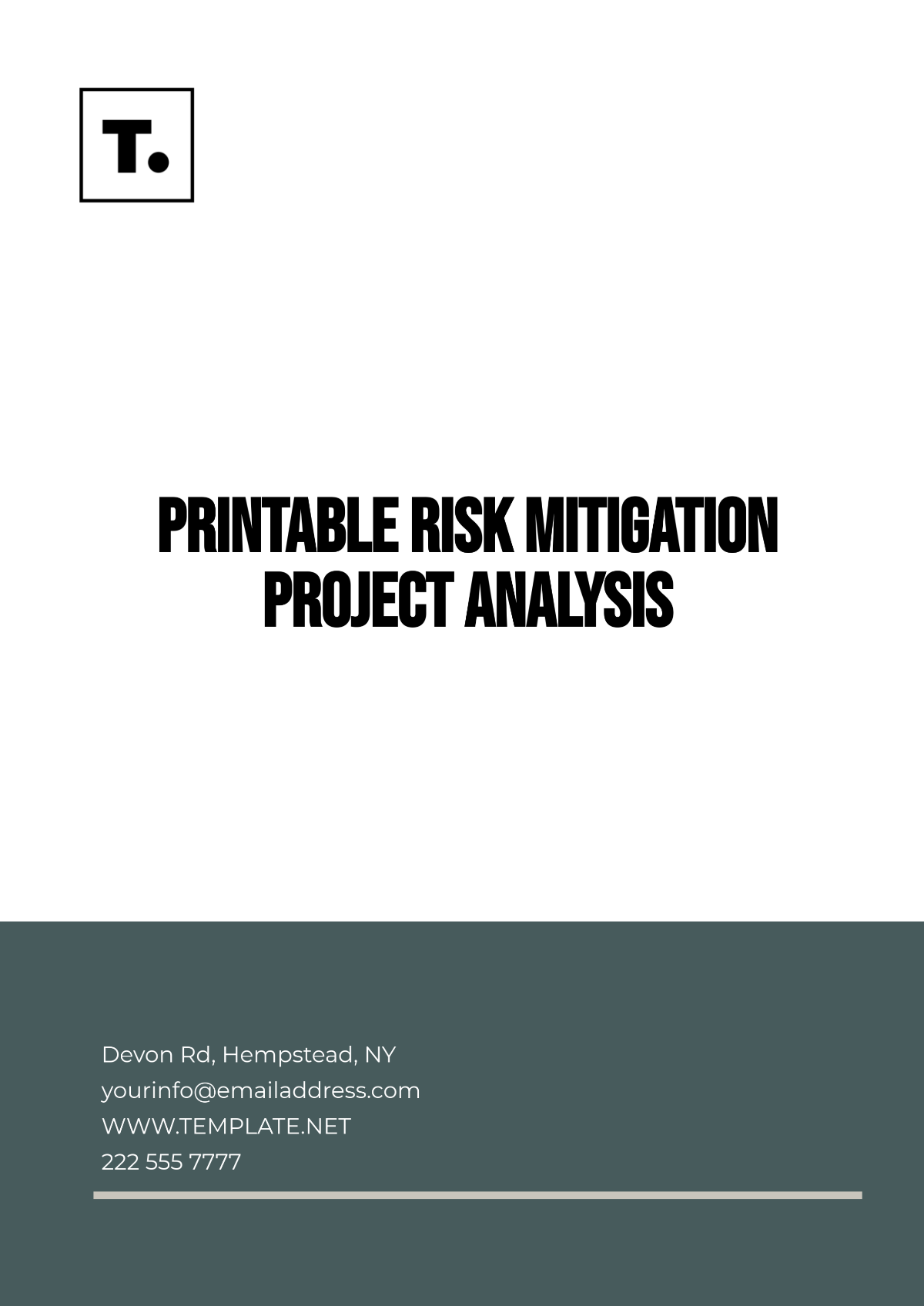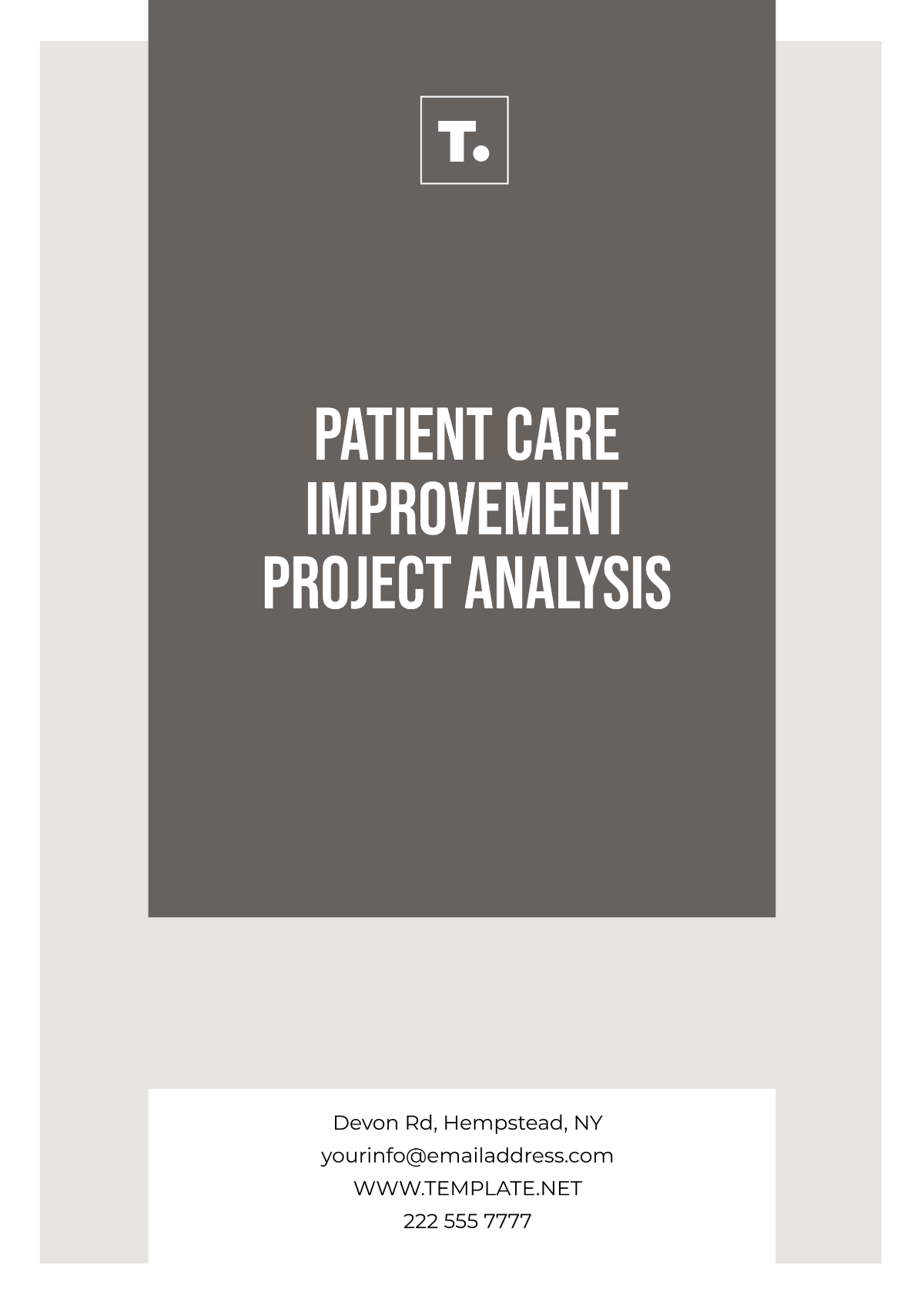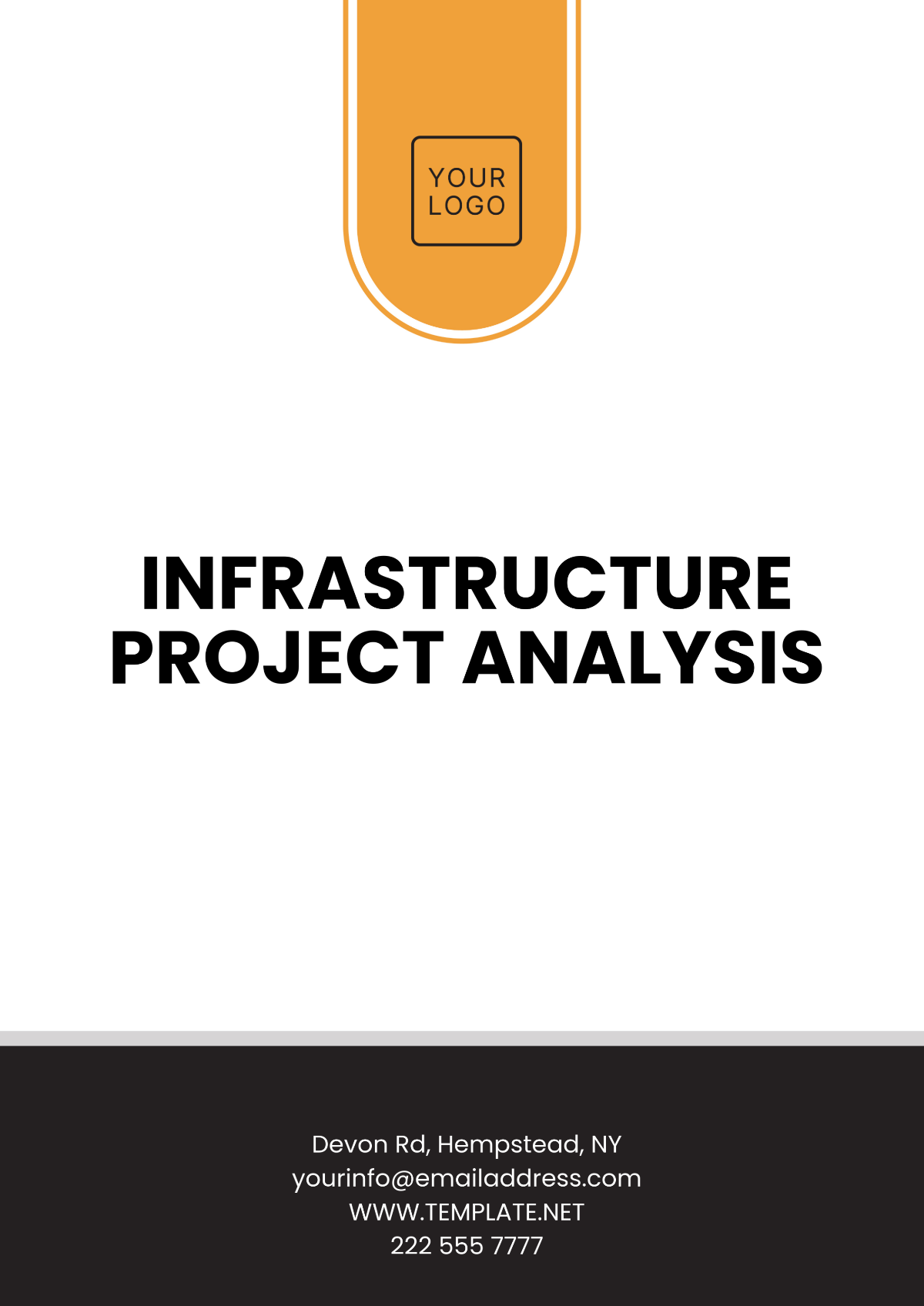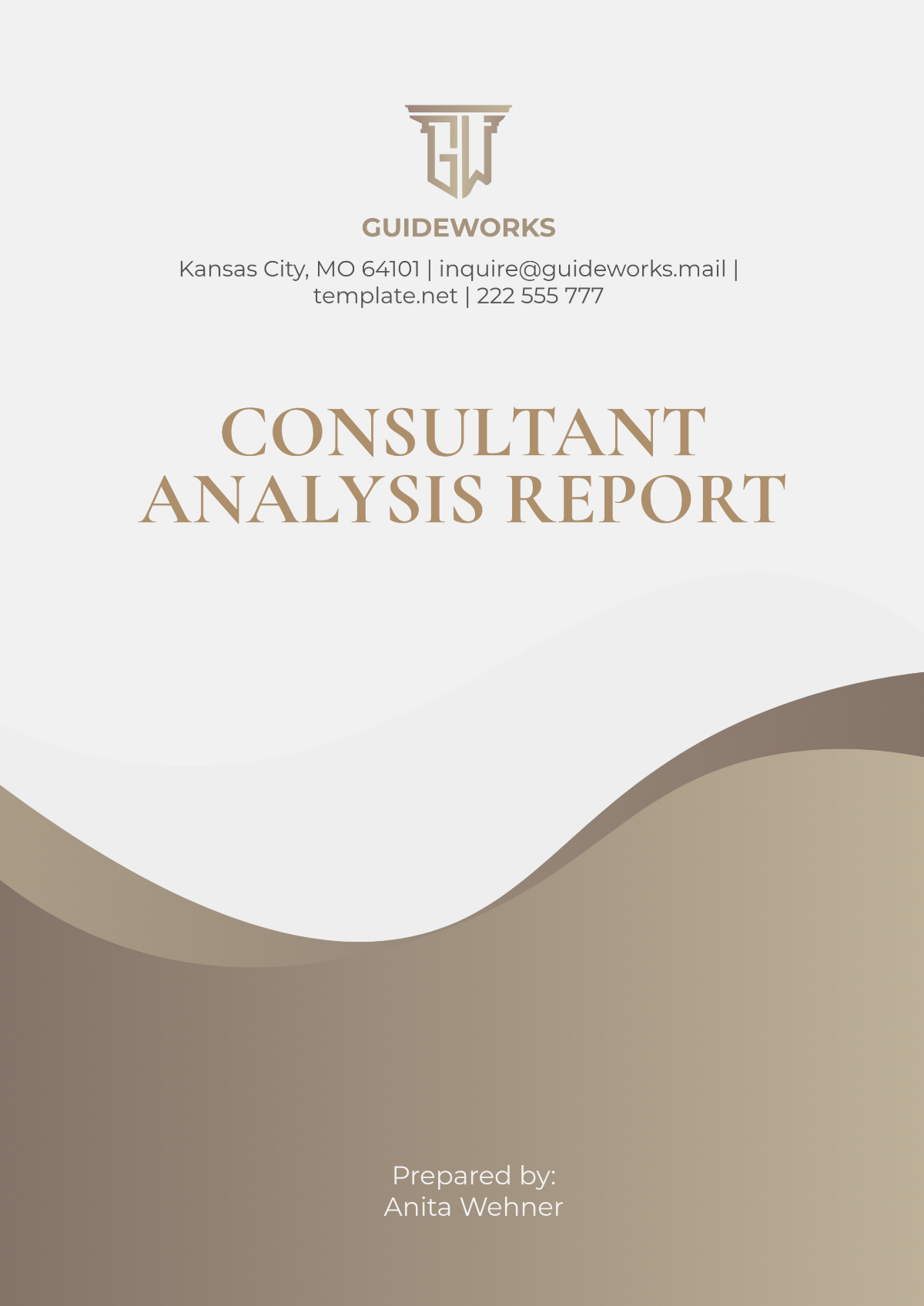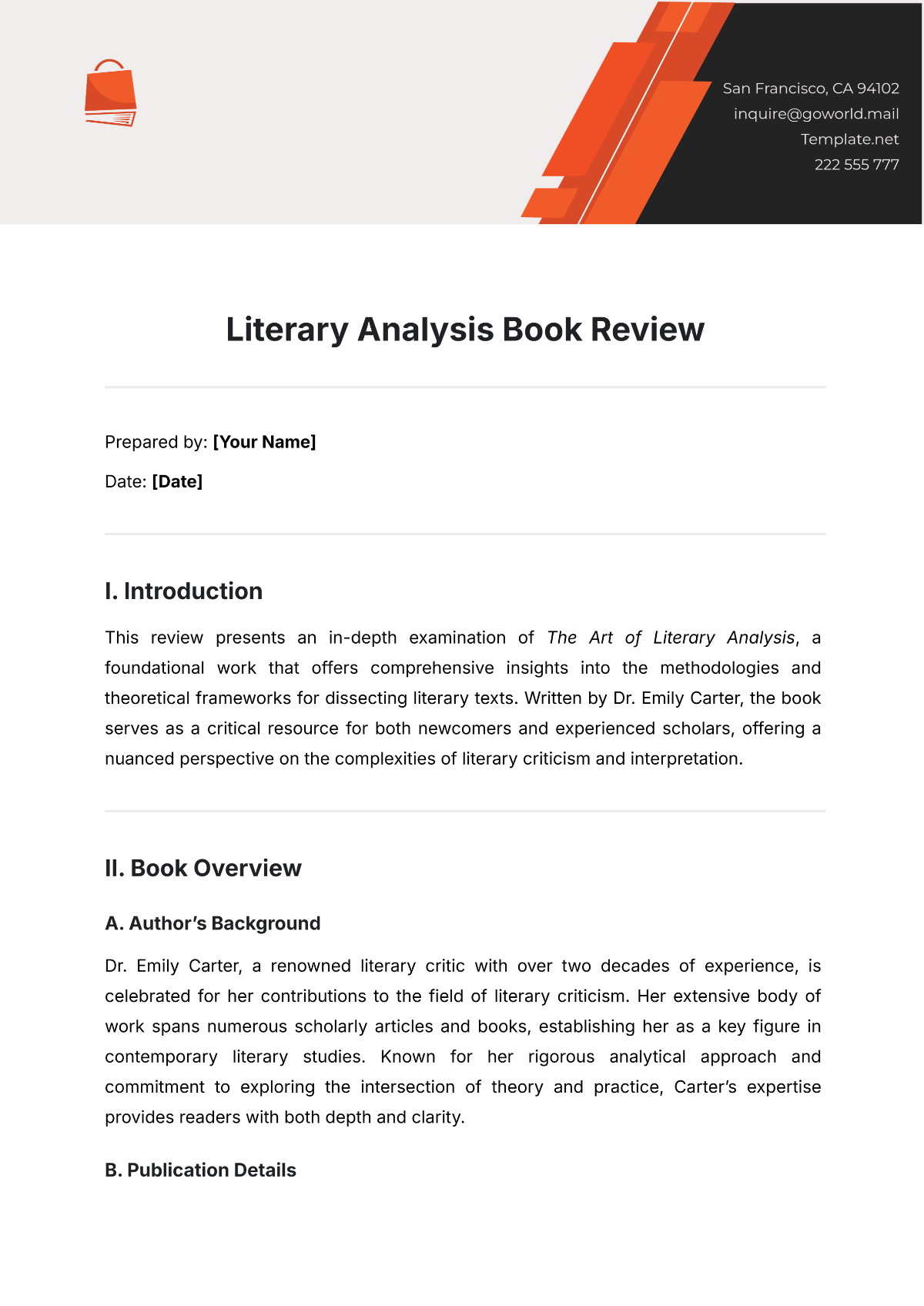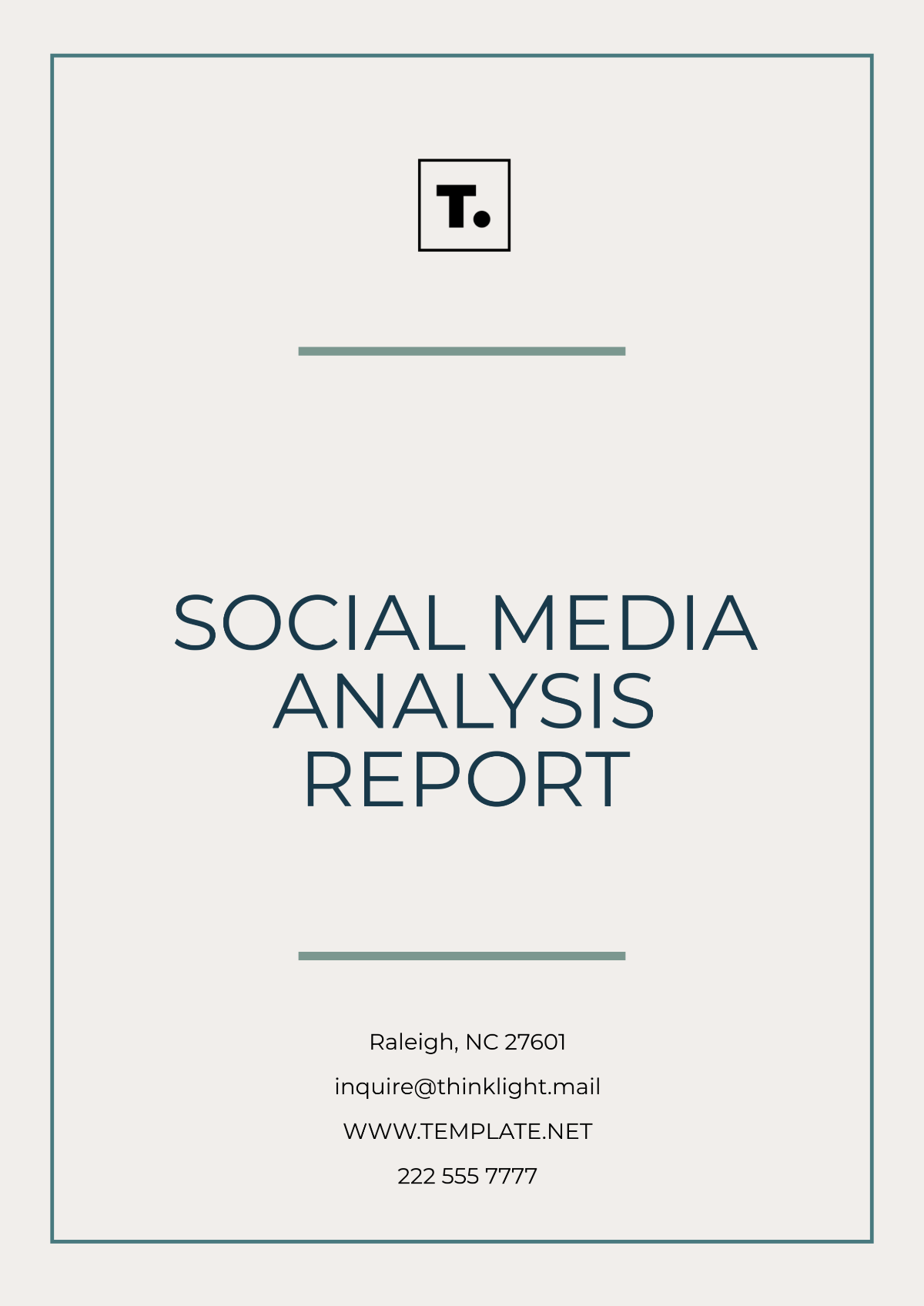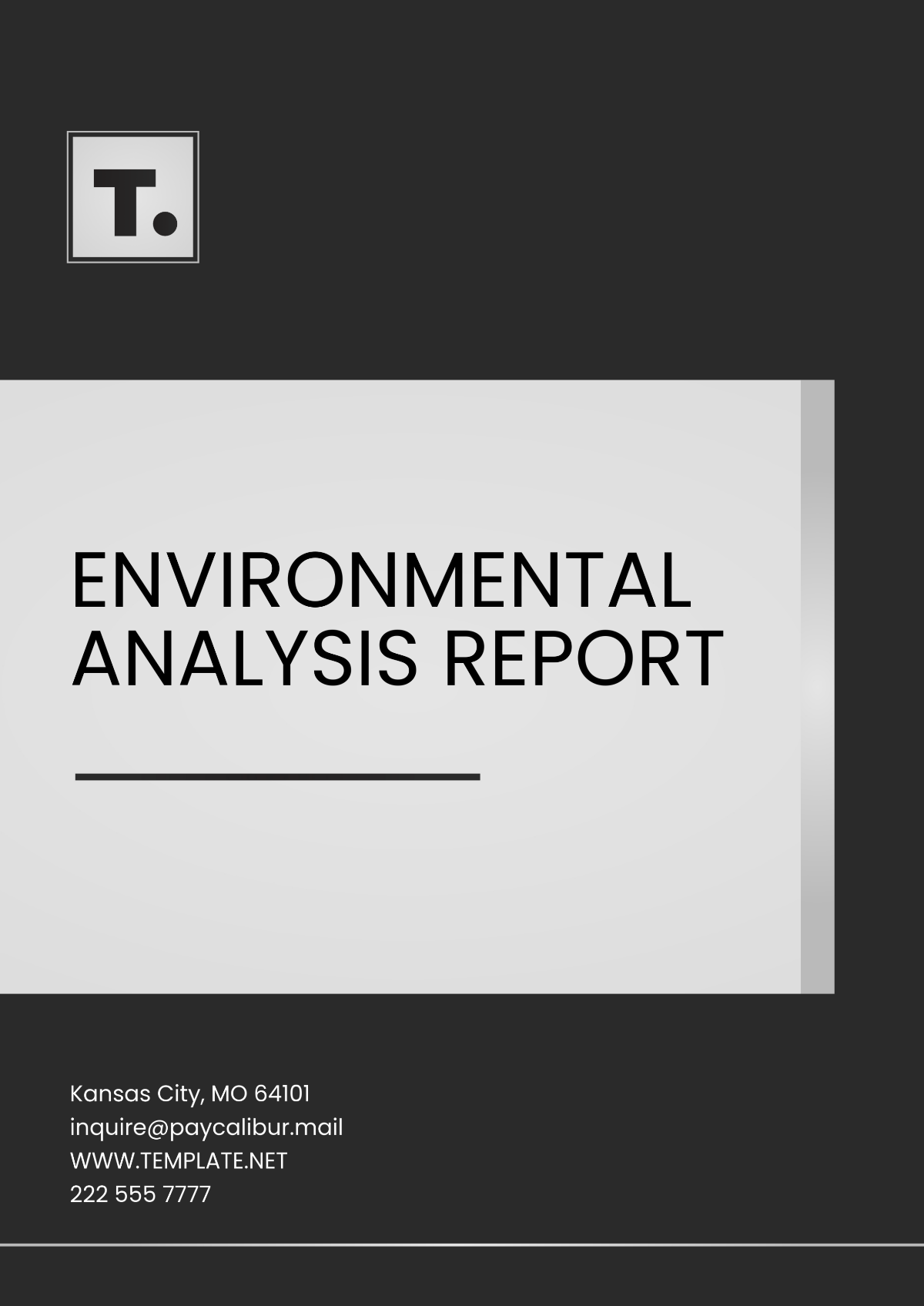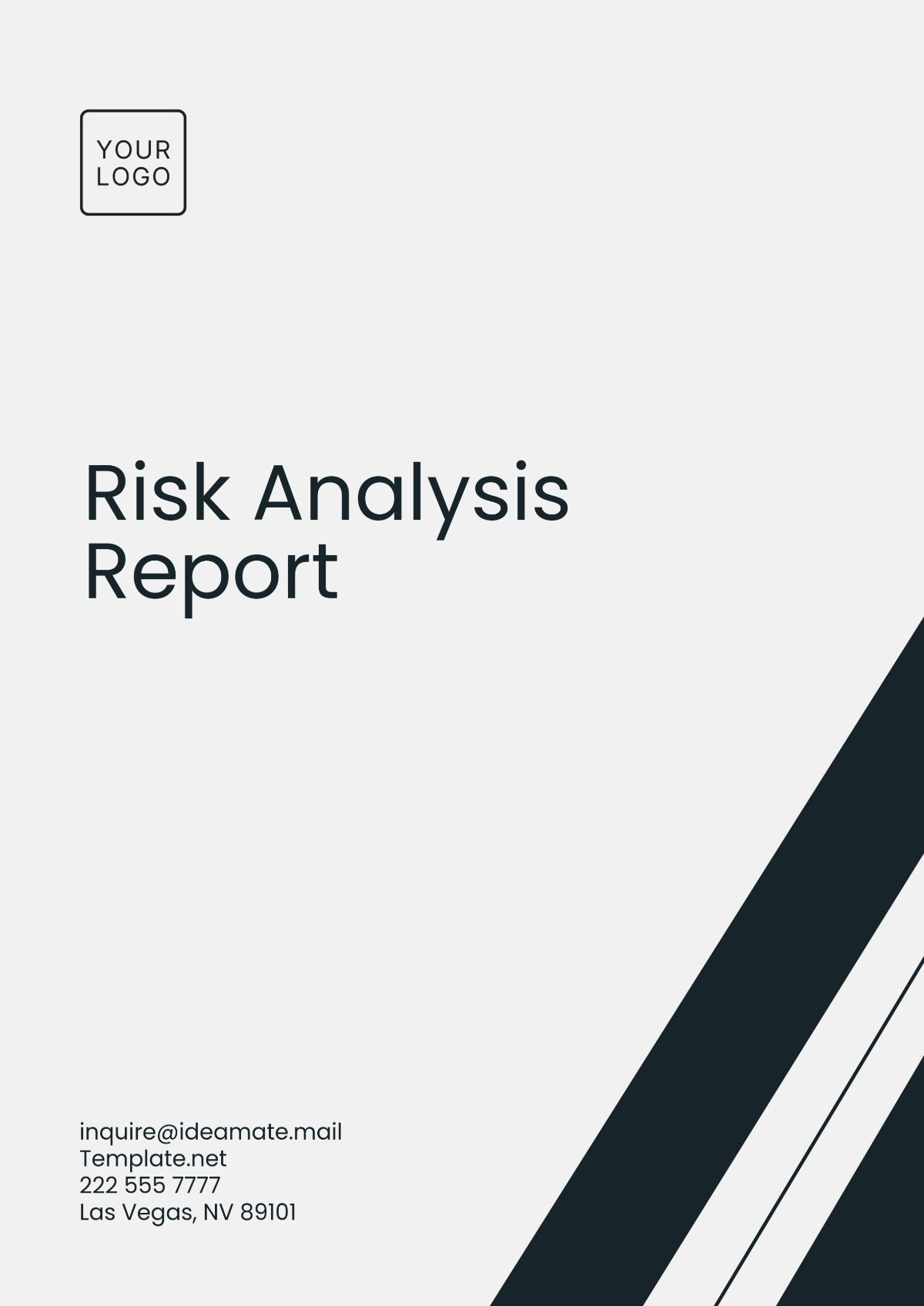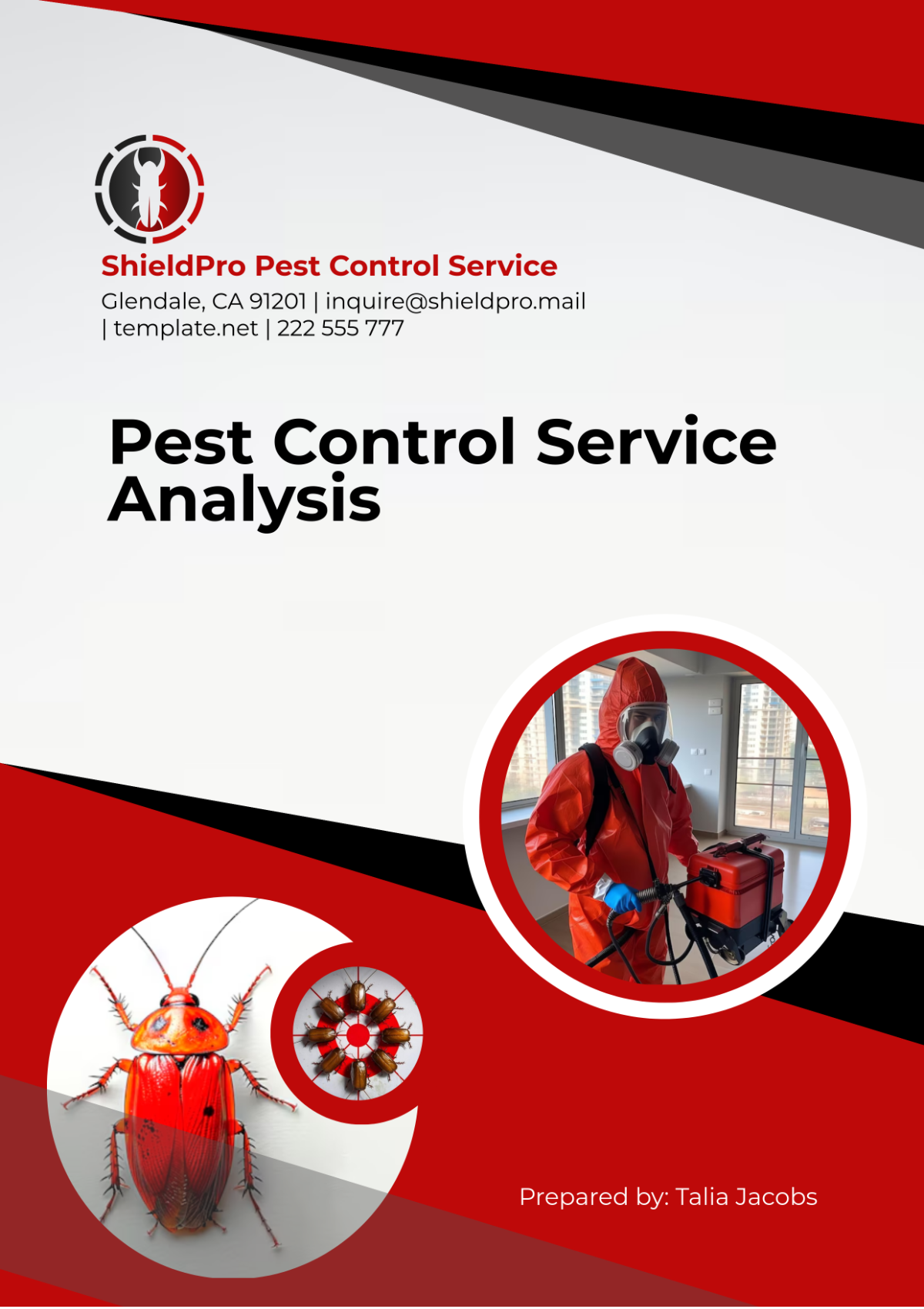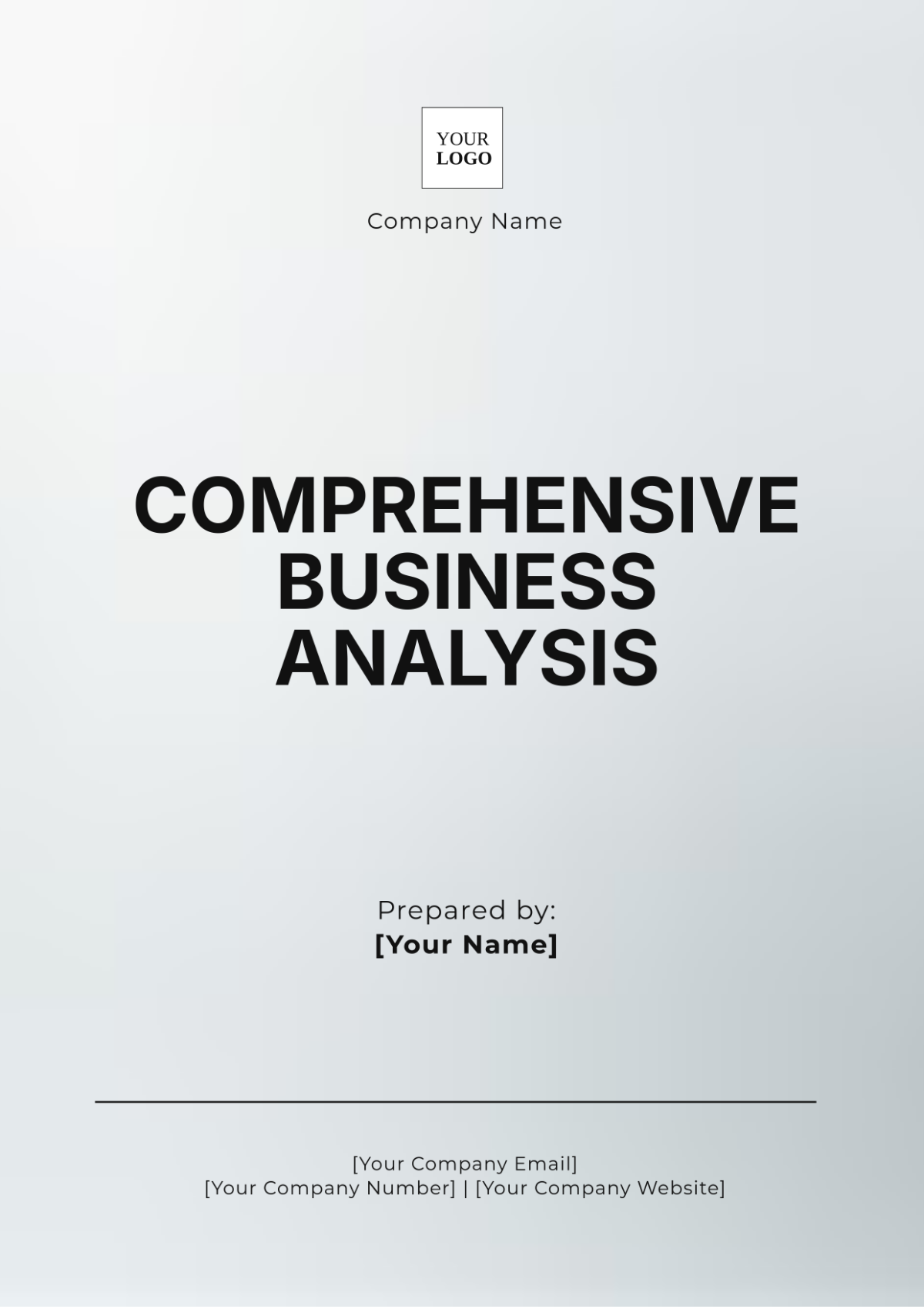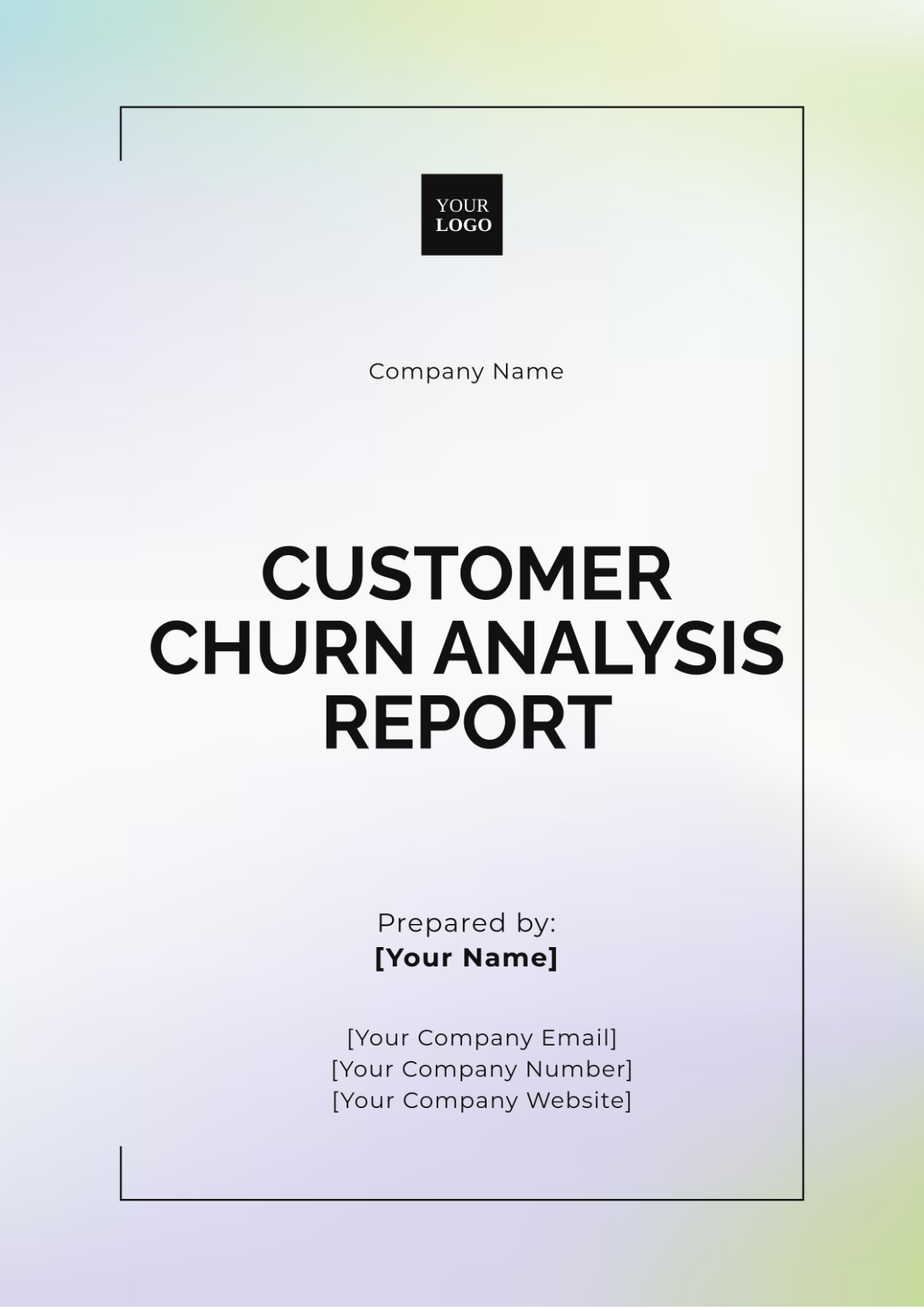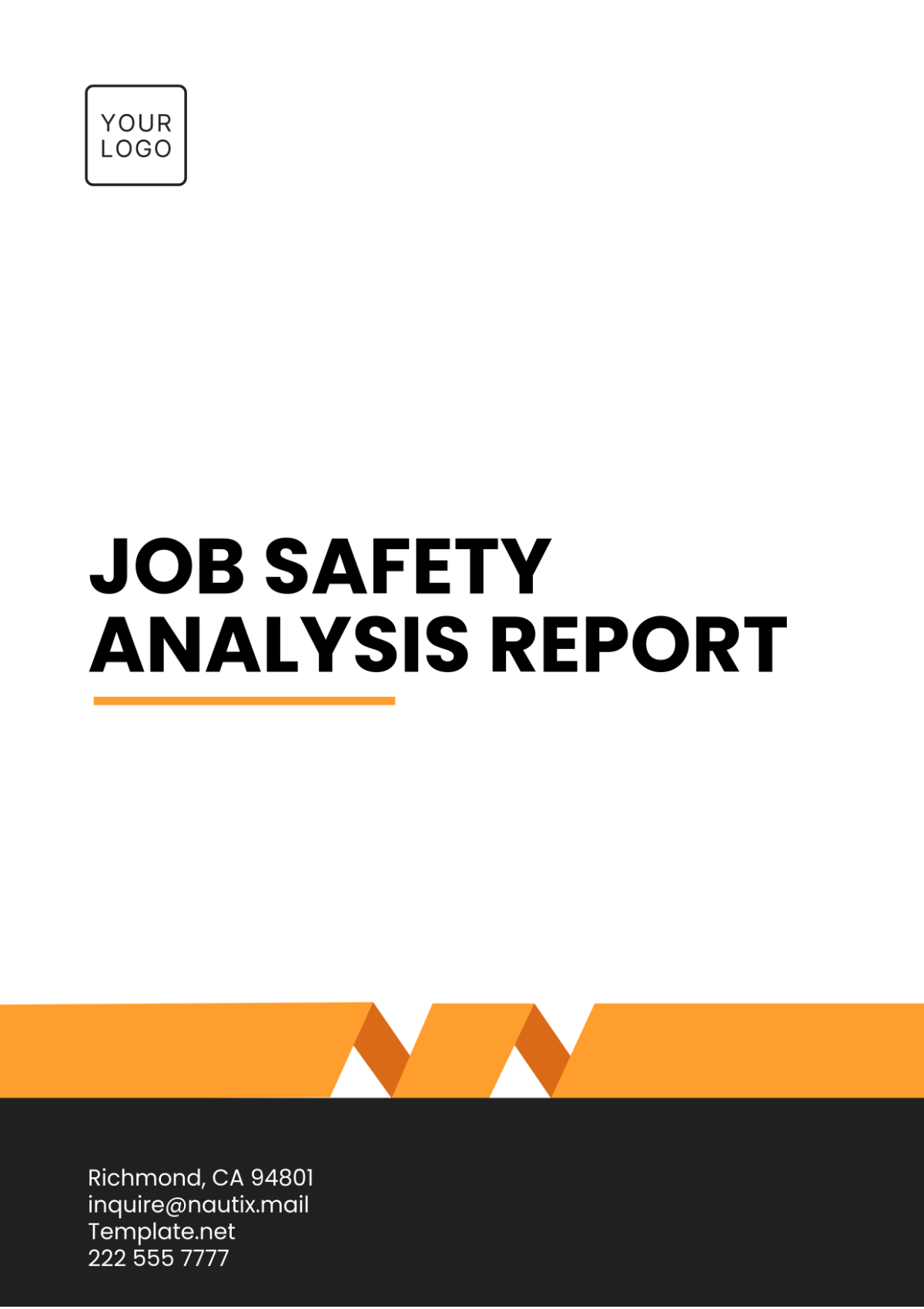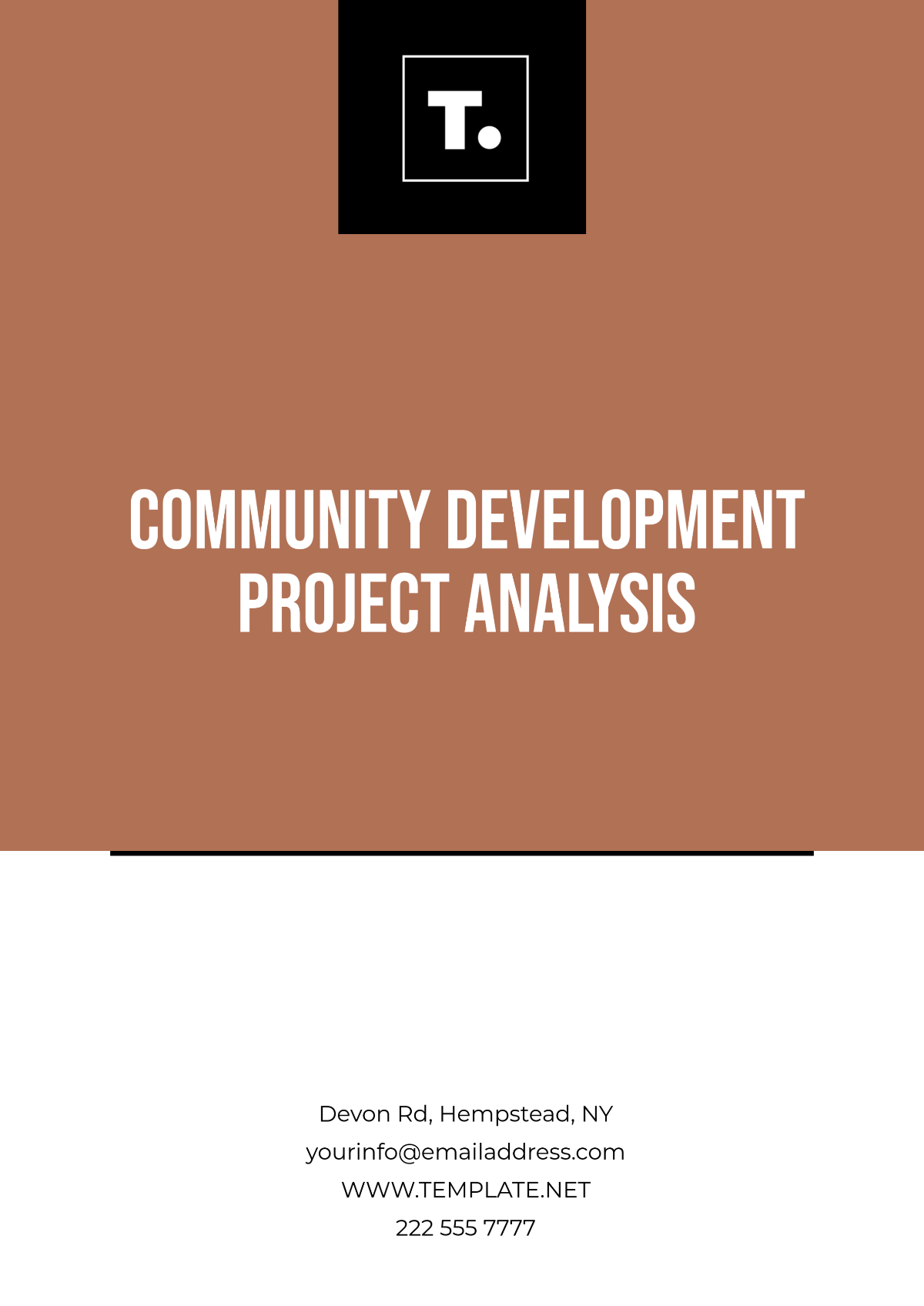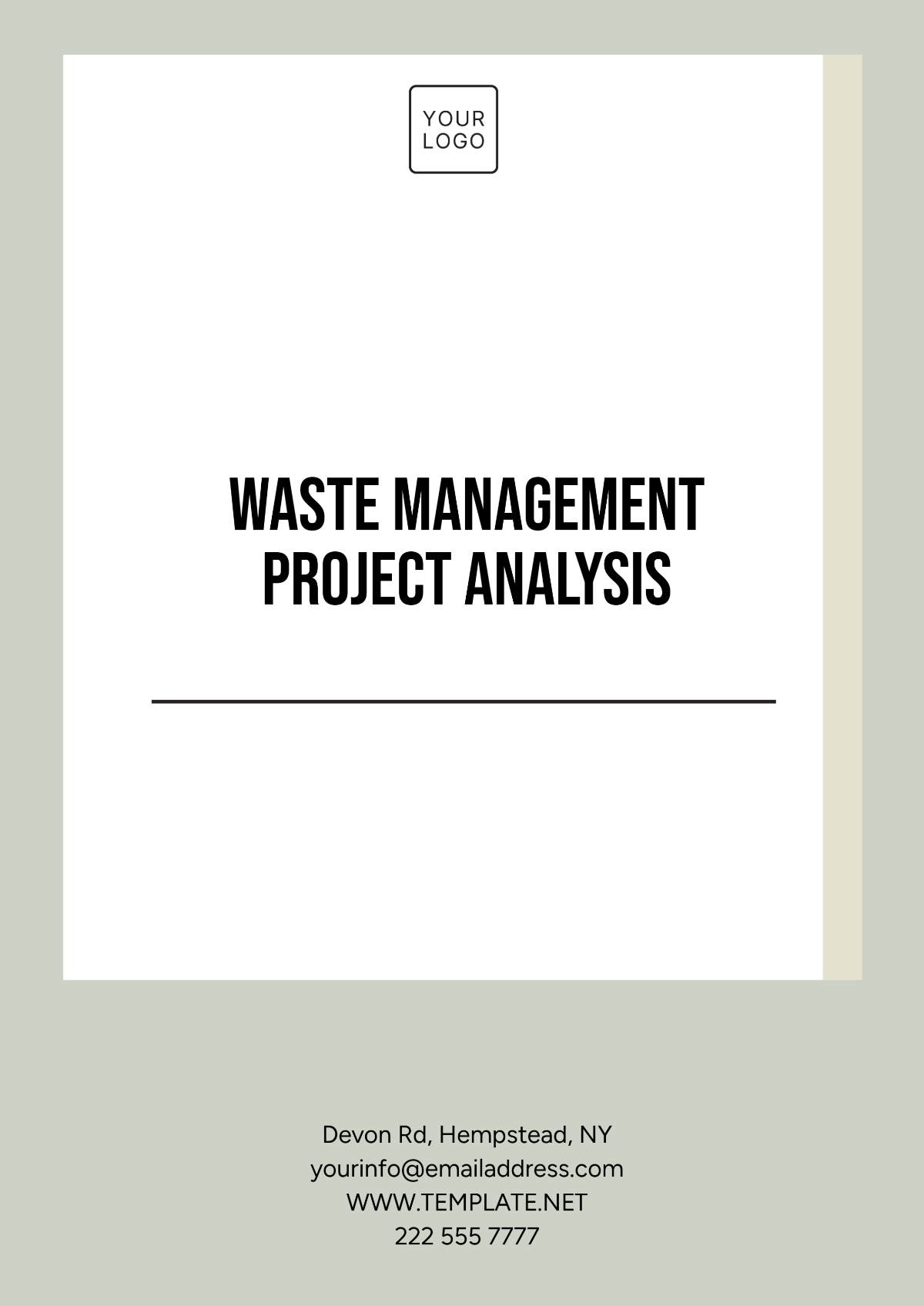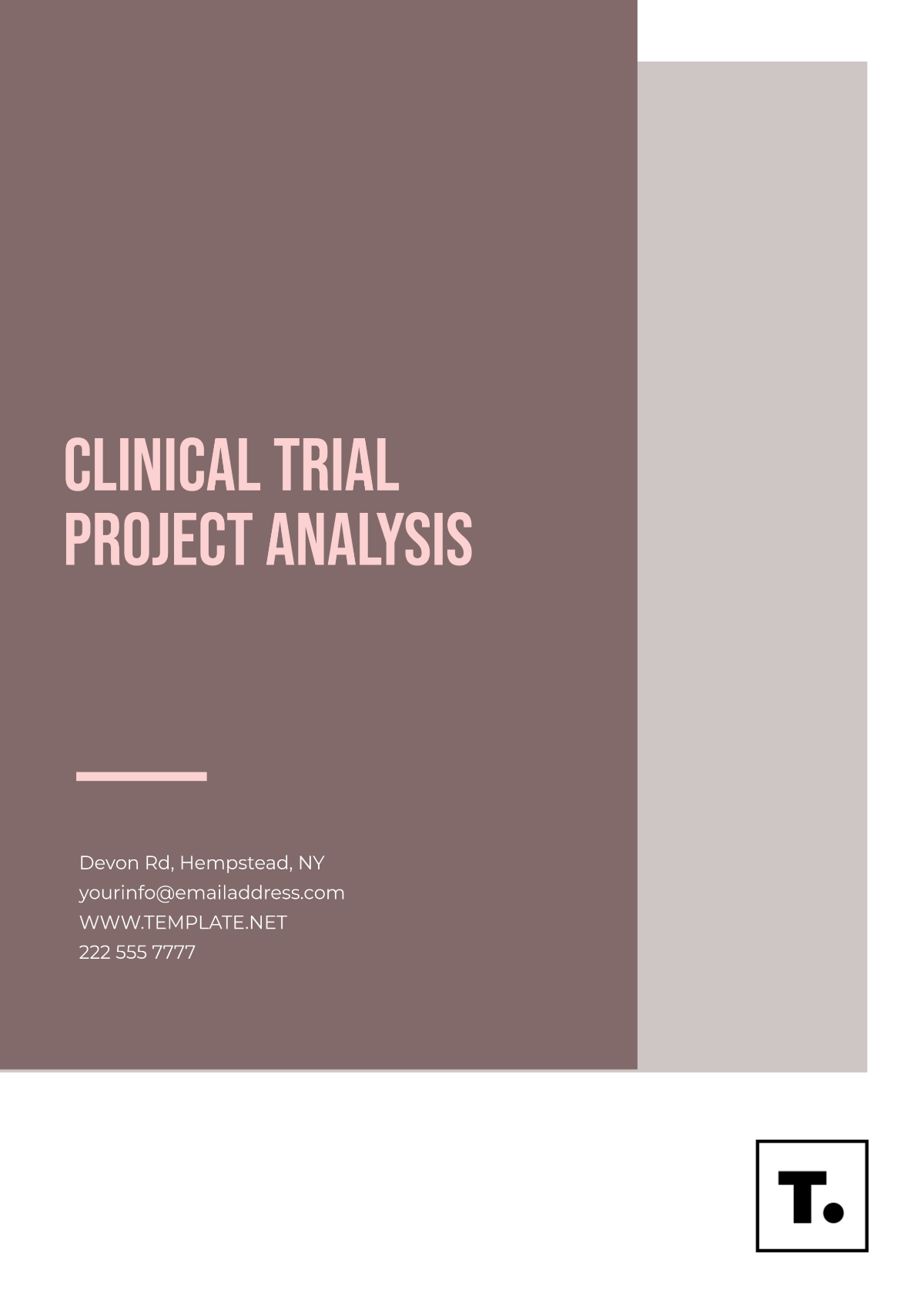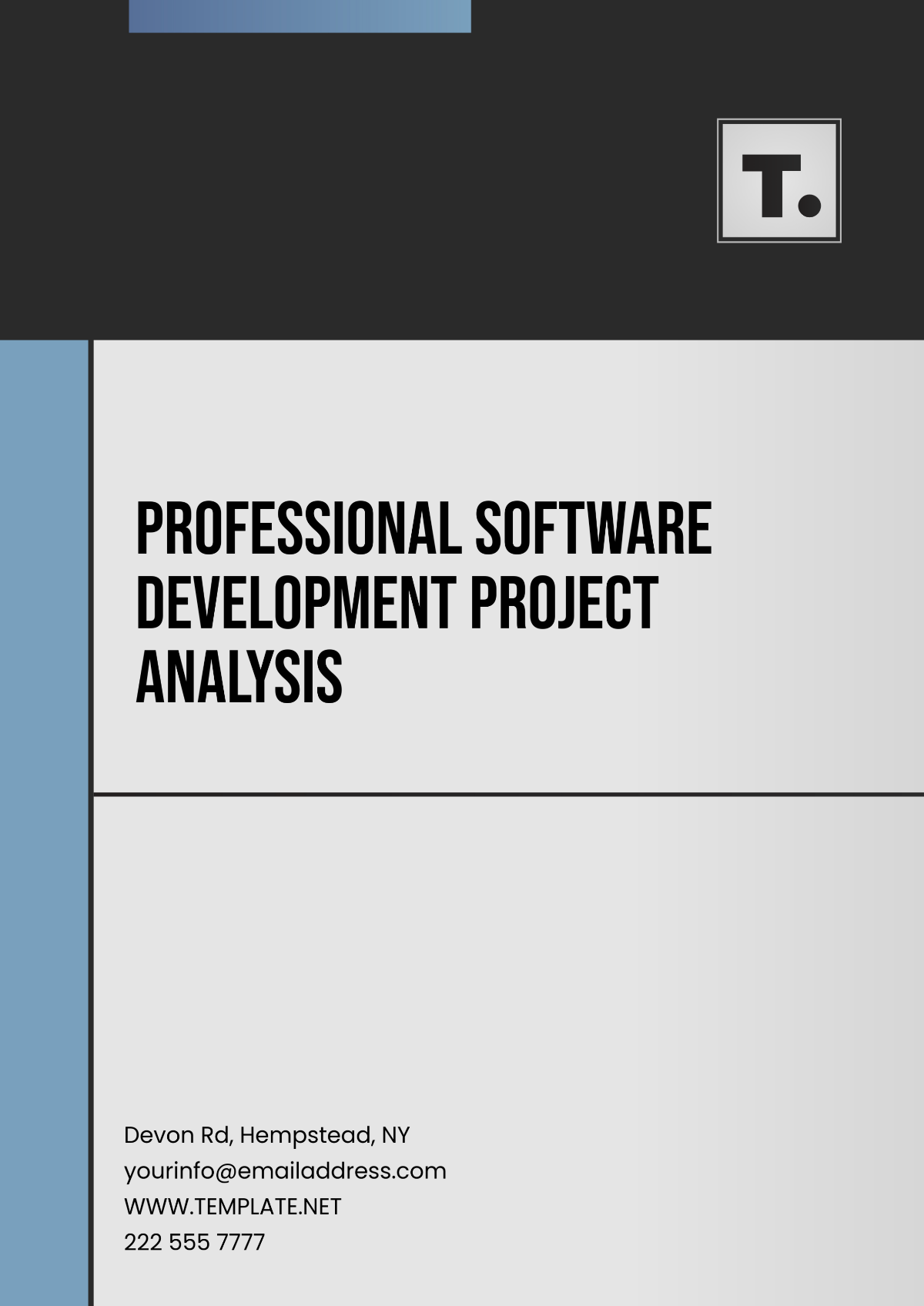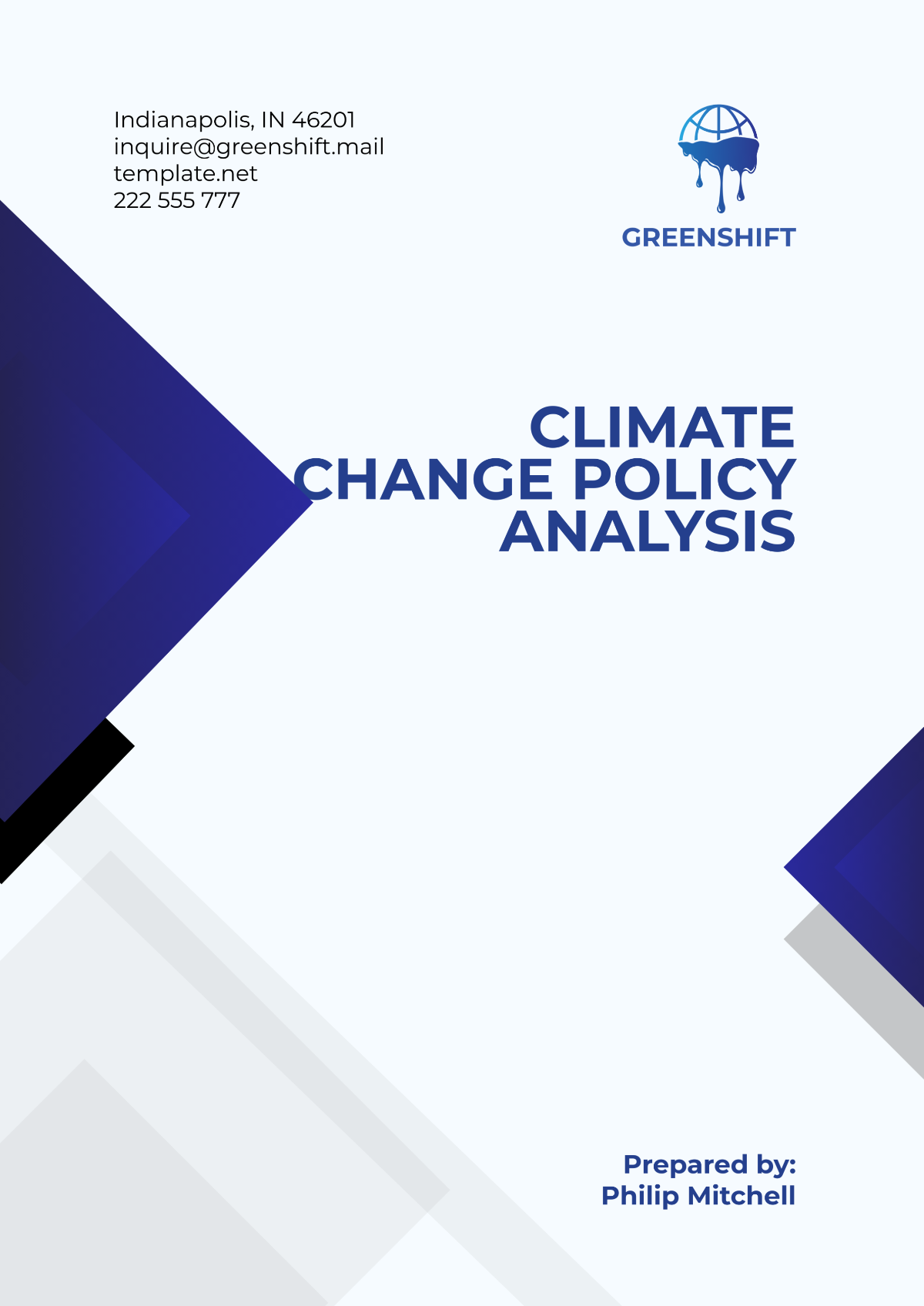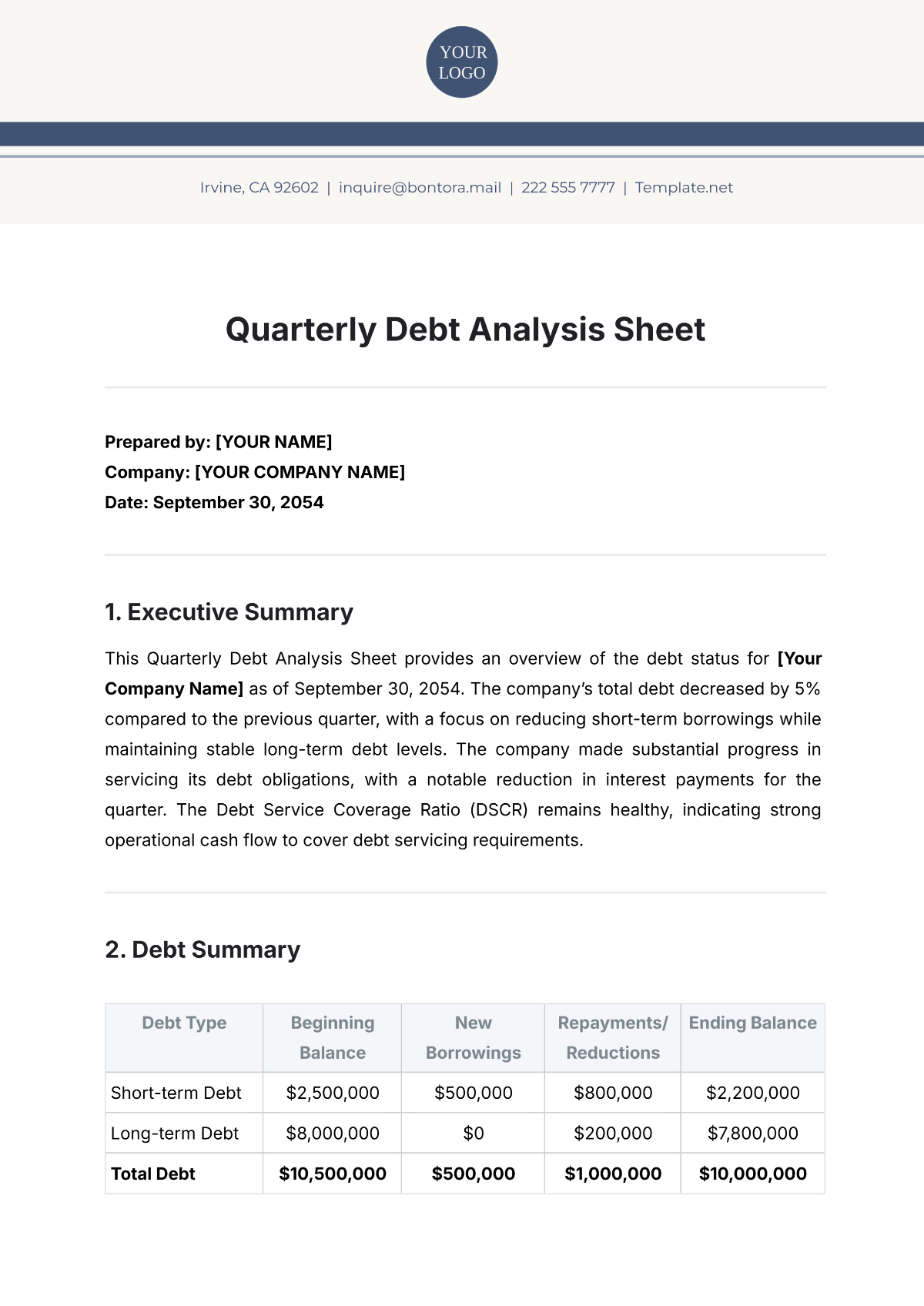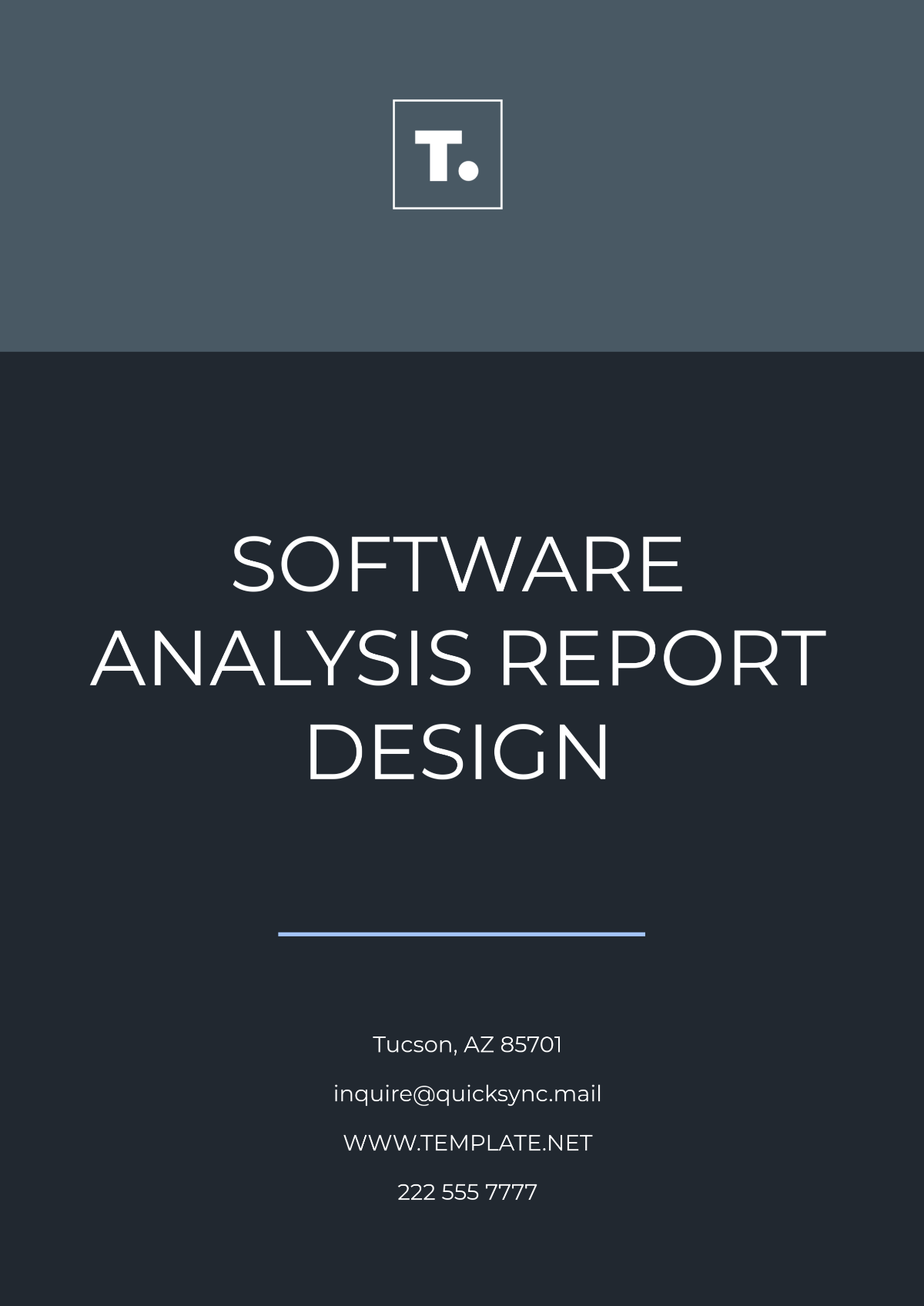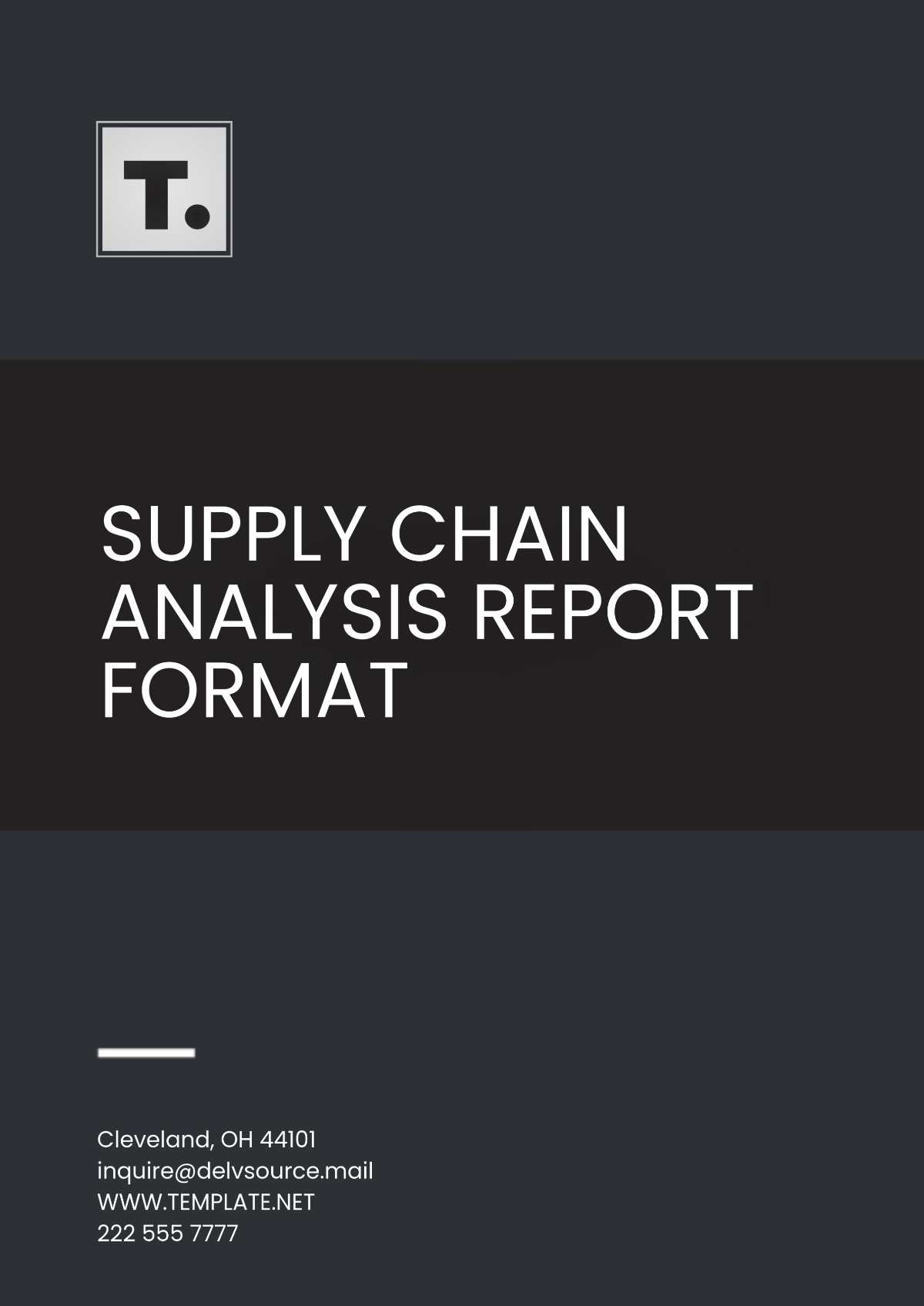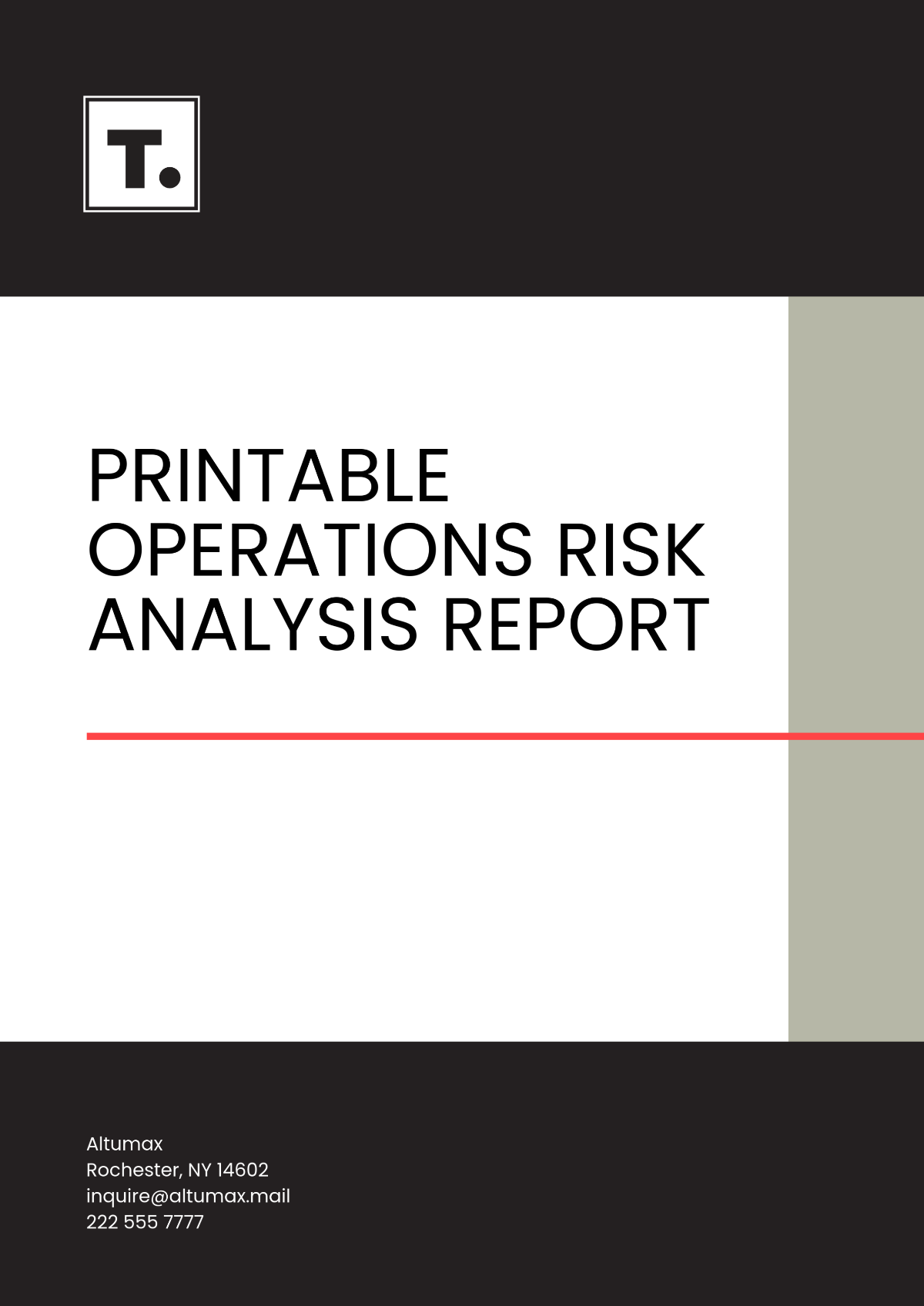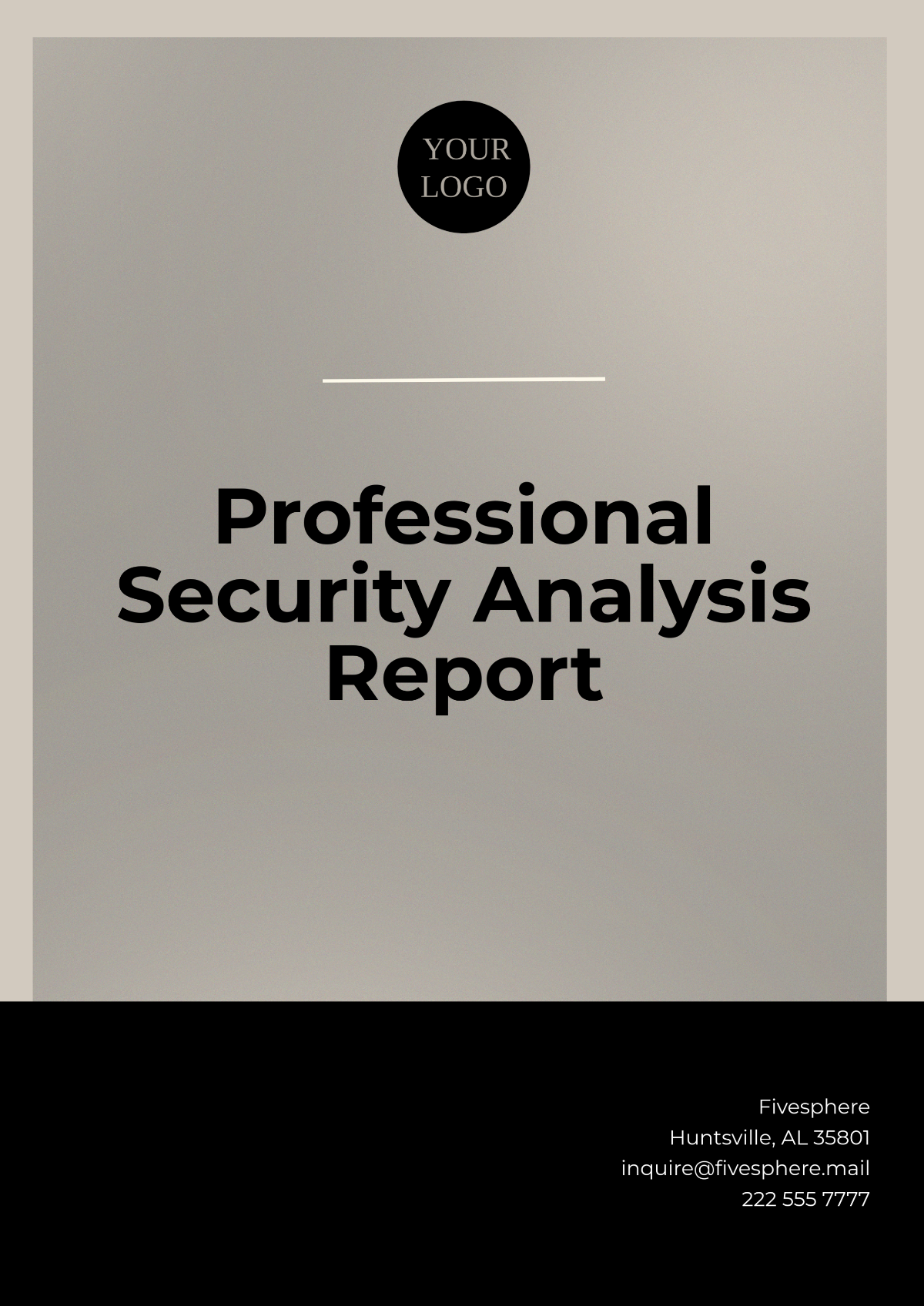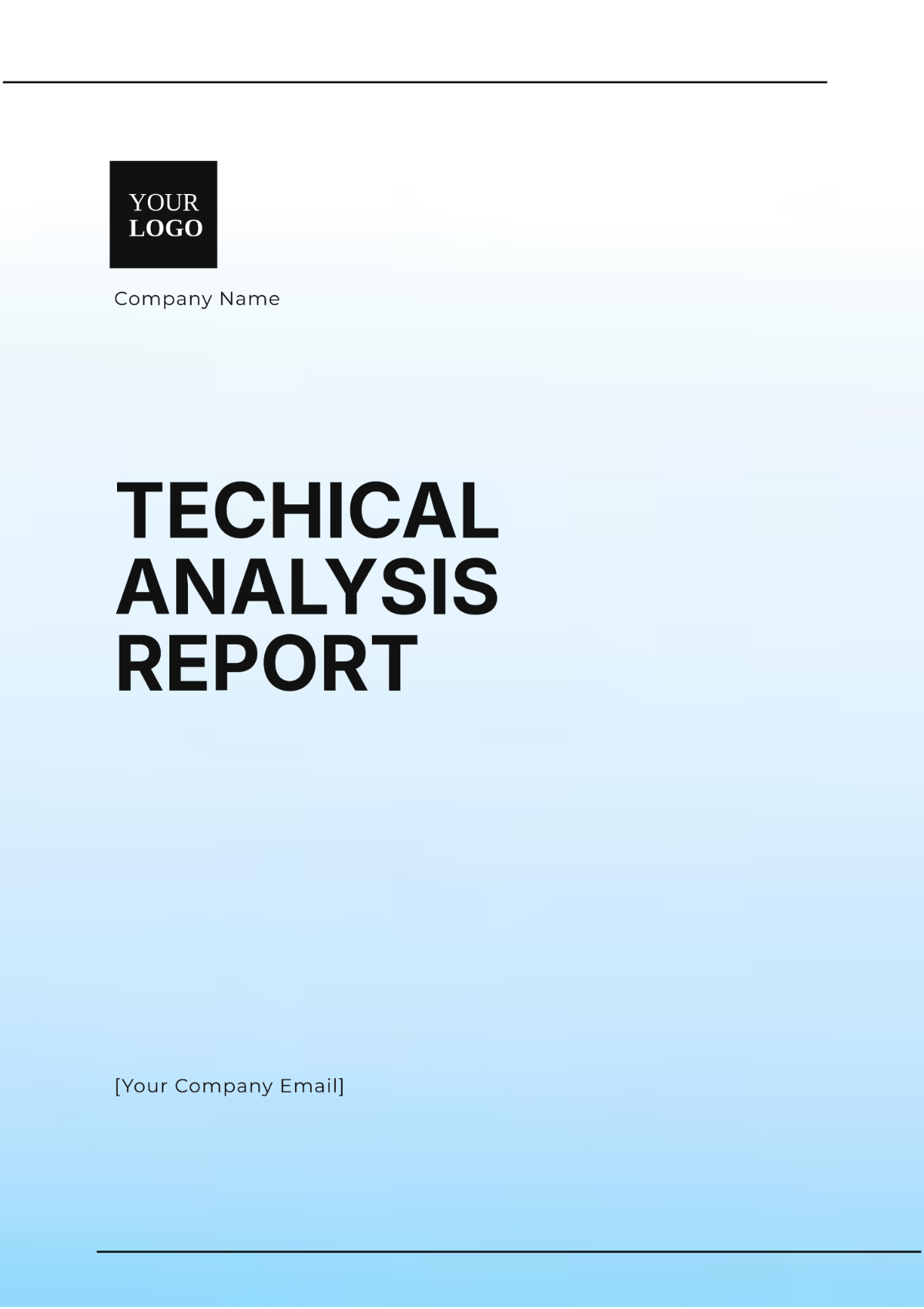Qualitative Data Analysis Methodology
1. Introduction
Purpose
This document details the methodology for analyzing qualitative data from semi-structured interviews conducted to explore the impact of remote work on employee productivity. The aim is to provide a comprehensive understanding of how remote work arrangements influence productivity and identify the associated challenges faced by employees.
Research Questions
In what ways does remote work affect employees' productivity levels?
What specific challenges do employees encounter while working remotely?
Scope
The analysis focuses on qualitative data gathered from 15 employees across various technology sectors. The study excludes data from non-technology sectors and concentrates solely on productivity impacts and associated challenges.
2. Data Collection
Sources
Data was sourced from semi-structured interviews with 15 employees who have substantial experience with remote work. Participants were selected to ensure diversity in job roles and years of experience.
Collection Methods
Interviews were conducted via Zoom and recorded with participants' consent. Audio recordings were transcribed verbatim using professional transcription services to ensure accuracy.
Sampling
Participants were chosen using purposive sampling to capture a wide range of perspectives on remote work. The criteria included a minimum of six months of remote work experience and varying job functions.
3. Data Preparation
Transcription
Interviews were transcribed by a certified transcriptionist and verified for accuracy. The transcripts were then formatted for consistency and clarity.
Data Cleaning
Transcripts were cleaned to remove identifying details and irrelevant content. Specific attention was given to correcting transcription errors and eliminating any background noise or off-topic segments.
Data Management
Data was systematically organized and stored using NVivo qualitative data analysis software. This software facilitated the efficient management of large volumes of text data and ensured data security and accessibility.
4. Data Analysis Procedures
Coding
Initial Coding
An initial coding process was employed to identify emergent themes and categories from the raw data. Preliminary codes were developed based on recurring words and phrases and concepts related to productivity and challenges.
Focused Coding
Codes were systematically refined and categorized into broader themes. This iterative process involved grouping similar codes into themes and subthemes to capture the nuances of the data.
Thematic Analysis
Theme Development
Themes were developed by aggregating codes into coherent categories that represented significant patterns and insights. Thematic analysis was guided by the research questions to ensure alignment with the study’s objectives.
Theme Validation
Themes were validated through triangulation, involving comparisons with existing literature and cross-referencing with findings from other researchers. Member checking was also conducted to confirm the accuracy and relevance of the themes.
Narrative Analysis
Narrative analysis was utilized to interpret personal stories and experiences shared by participants. This approach provided a deeper understanding of individual and collective experiences related to remote work.
5. Interpretation of Data
Contextualization
The analysis was interpreted within the framework of the research questions and theoretical background. This involved situating findings within the broader context of remote work literature and organizational behavior theories.
Insights
Key insights reveal a dichotomy in productivity outcomes; some employees reported increased productivity due to flexible work schedules, while others experienced decreased productivity due to isolation and lack of structure. Challenges identified include difficulties in maintaining work-life balance and overcoming feelings of social isolation.
Implications
The findings suggest that while remote work can enhance productivity for some, it also necessitates the implementation of strategies to address isolation and work-life balance issues. Organizations should consider integrating support mechanisms to enhance remote work experiences.
6. Reporting
Results
The results indicate mixed impacts of remote work on productivity, with a diverse range of experiences among participants. The analysis highlights both positive aspects, such as increased autonomy, and negative aspects, including challenges related to isolation and blurred work-life boundaries.
Discussion
The discussion situates these results within the context of existing research, suggesting that remote work arrangements can be optimized through targeted interventions. Recommendations include enhancing virtual team-building activities and providing resources to support mental health and well-being.
Recommendations
Based on the findings, it is recommended that organizations implement regular virtual check-ins, provide access to mental health resources, and establish clear boundaries between work and personal time to improve remote work outcomes.
7. Quality Assurance
Validity
The validity of the analysis was ensured through rigorous member checking, allowing participants to review and validate their interview transcripts. Triangulation was employed by comparing findings with existing research to enhance the credibility of the results.
Reliability
Reliability was maintained through the use of a consistent coding framework and multiple researchers involved in the coding process. Inter-coder reliability was assessed to ensure consistency and accuracy in data interpretation.
8. References
Smith, J. (2051). The Remote Work Revolution: Changing Dynamics in the Modern Workplace. Academic Press.
Doe, A., & Roe, B. (2052). Productivity in the Digital Age: Strategies and Insights. Research Journal of Business.

